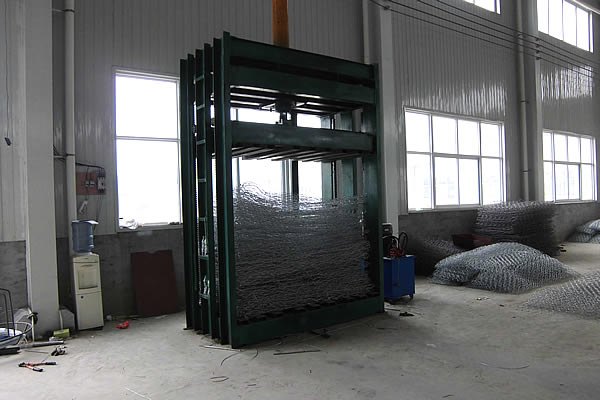 TEL:
+86-13102802206
TEL:
+86-13102802206
 Email:
fencenetting@china.com
Email:
fencenetting@china.com
 Language
Language
 TEL:
+86-13102802206
TEL:
+86-13102802206
 Email:
fencenetting@china.com
Email:
fencenetting@china.com
 Language
Language


The Versatile Uses of Binding Wire Iron
Binding wire, especially in the form of iron wire, plays a crucial role in a variety of industries and applications. Often overlooked, this simple yet effective tool has been a staple in construction, gardening, manufacturing, and even crafting. Its ability to secure, bind, and support makes it invaluable for both professionals and DIY enthusiasts alike.
Characteristics of Binding Wire Iron
Binding wire iron is typically made from low-carbon steel which gives it the necessary tensile strength to endure various applications. Its flexibility allows it to be bent and twisted without breaking, making it ideal for diverse uses. The wire usually comes in various gauges, with thicker wires offering more strength and thinner ones providing more flexibility. The most common binding wire diameters range from 16 to 20 gauge, which translates to roughly 1.2 to 1.6 millimeters in diameter.
Moreover, binding wire can be coated or galvanized to resist rust and corrosion, extending its lifespan in outdoor environments. This makes it particularly useful in landscaping and outdoor construction projects. The wire is lightweight, easy to handle, and readily available, making it an economical choice for various binding needs.
Applications in Construction
In the construction industry, binding wire iron is predominantly used for tying rebar in reinforced concrete structures. The strength of the wire ensures that the rebars remain tightly bound together, providing the necessary support and structural integrity for buildings and infrastructures. Without binding wire, the construction of skyscrapers, bridges, and residential buildings would not be as secure or efficient.
Another vital application of binding wire iron in construction is in the assembly of scaffolding. Workers use it to tie together various components, ensuring safety and stability as they work at heights. The temporary nature of scaffolding makes binding wire an excellent choice, as it can be easily removed and reused for future projects.

Gardening and Landscaping
In gardening and landscaping, binding wire iron is often utilized for staking plants and securing loose branches. Gardeners use it to support young trees and delicate plants, helping them grow upright and withstand wind. For more decorative purposes, binding wire can be used in the creation of plant cages or trellises, allowing vines to climb and flourish.
Additionally, binding wire is helpful when creating garden art or structures. Artists and hobbyists often manipulate the wire to form intricate designs that enhance the beauty of outdoor spaces. Its malleability makes it easy to shape into various forms, from abstract sculptures to functional garden tools.
Crafting and Other Uses
Outside of construction and gardening, binding wire iron finds its way into many crafting projects. Crafters often use it to create jewelry, wire sculptures, and other decorative pieces. The simplicity of binding wire allows for artistic expression while providing the strength needed for durability.
Moreover, in households, binding wire can be a handy tool for various organizational tasks. Whether it's securing loose wires, bundling items together, or crafting homemade decorations, it demonstrates versatility and practicality.
Conclusion
In summary, binding wire iron is a multifunctional tool that serves countless purposes across various sectors. From construction to gardening, and crafting, its strength, flexibility, and adaptability make it indispensable. As simple as it may seem, binding wire is a testament to how a humble tool can significantly impact efficiency and creativity in everyday tasks. Whether you are an industry professional or a DIY enthusiast, having binding wire in your toolkit is undoubtedly a wise decision.